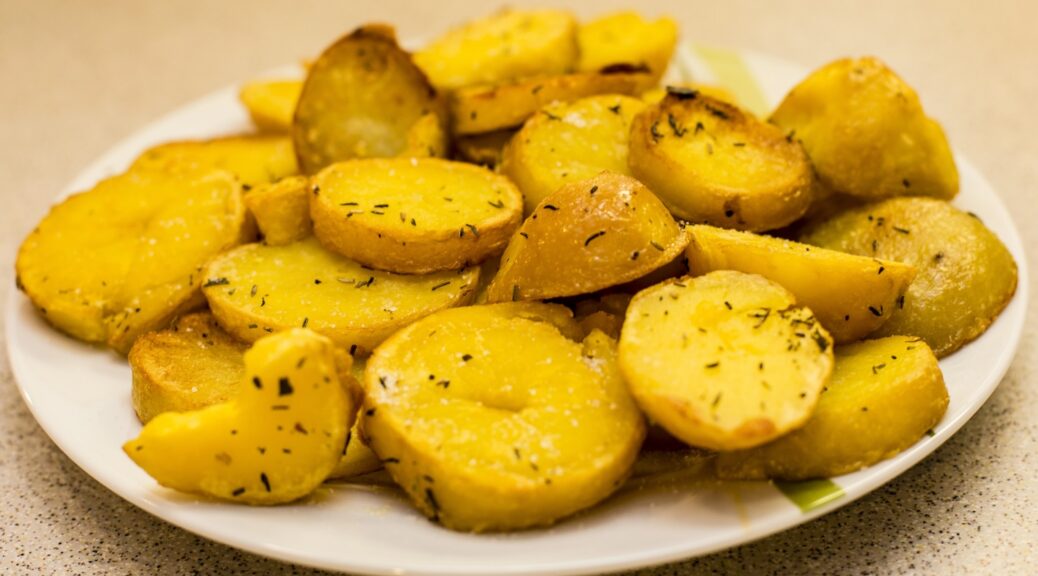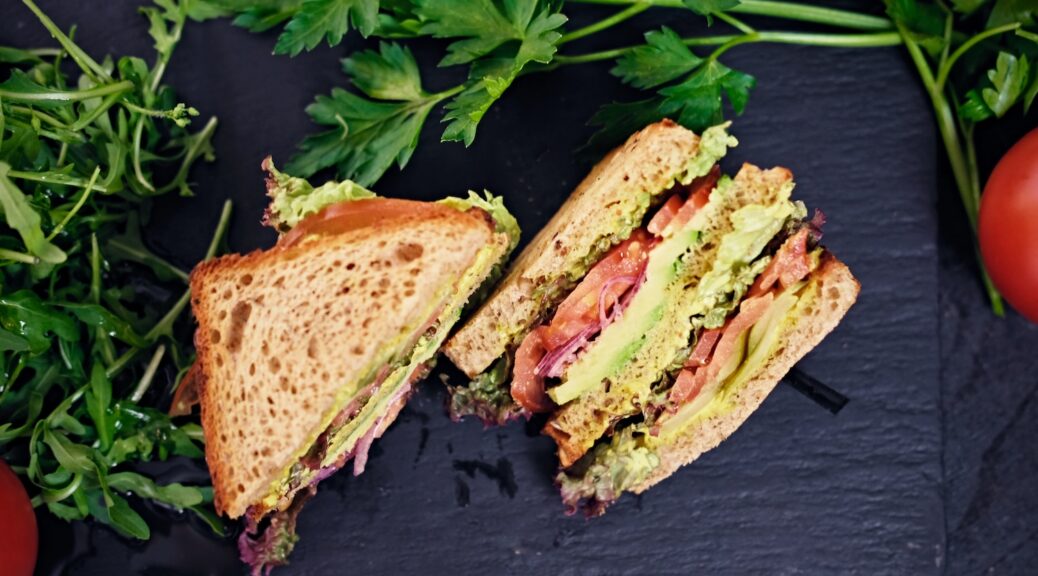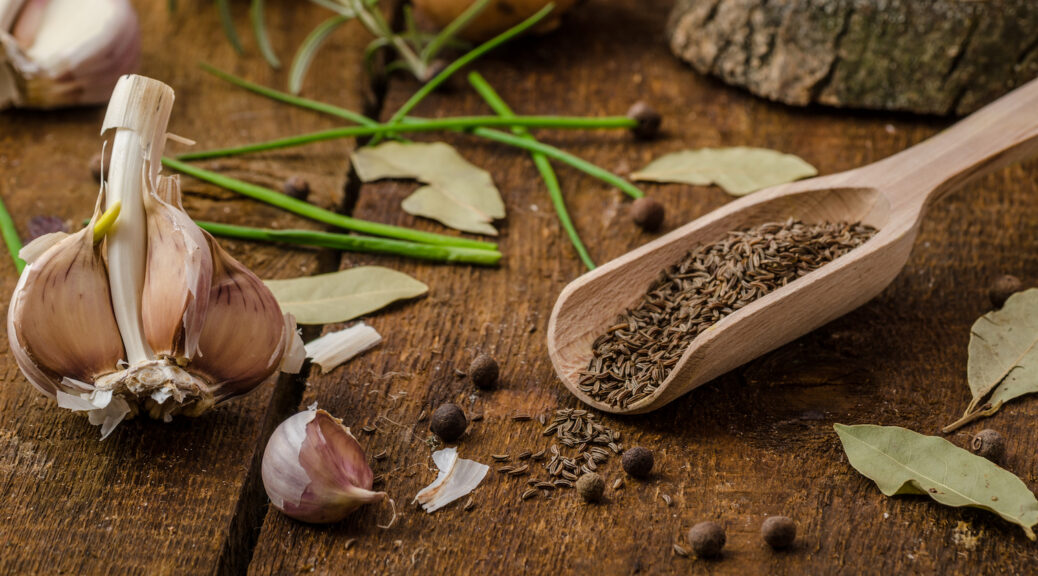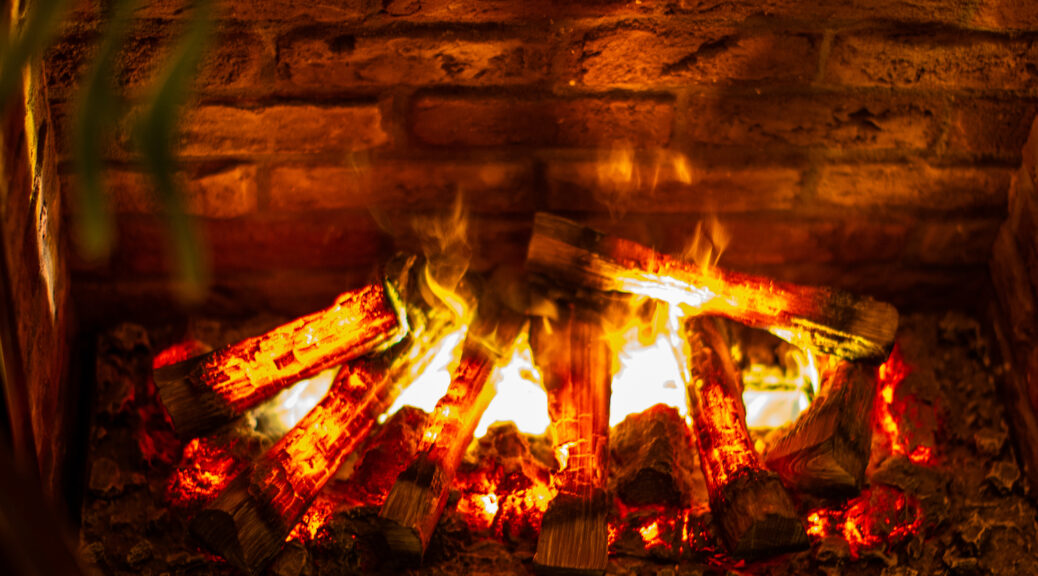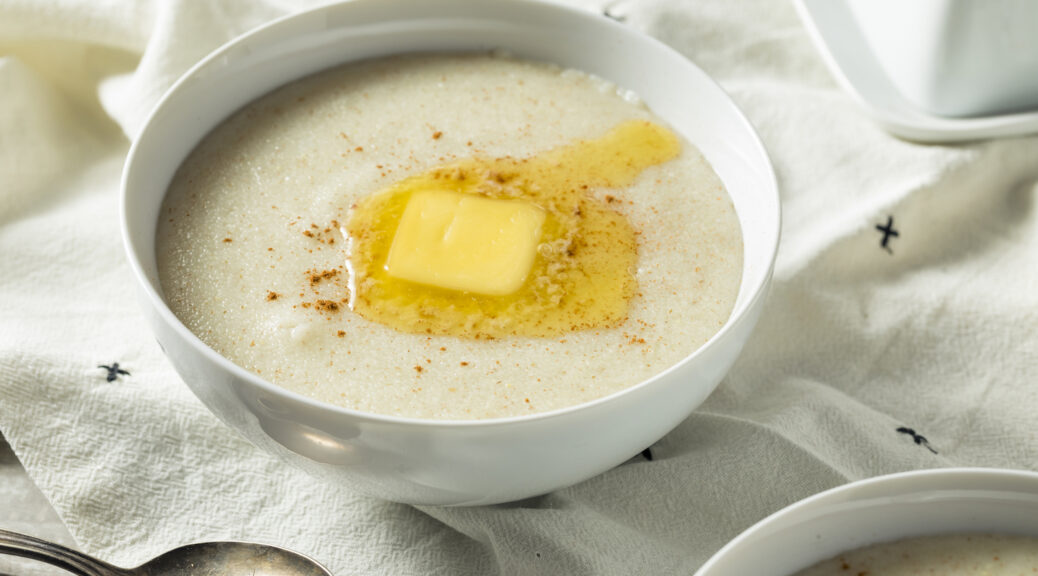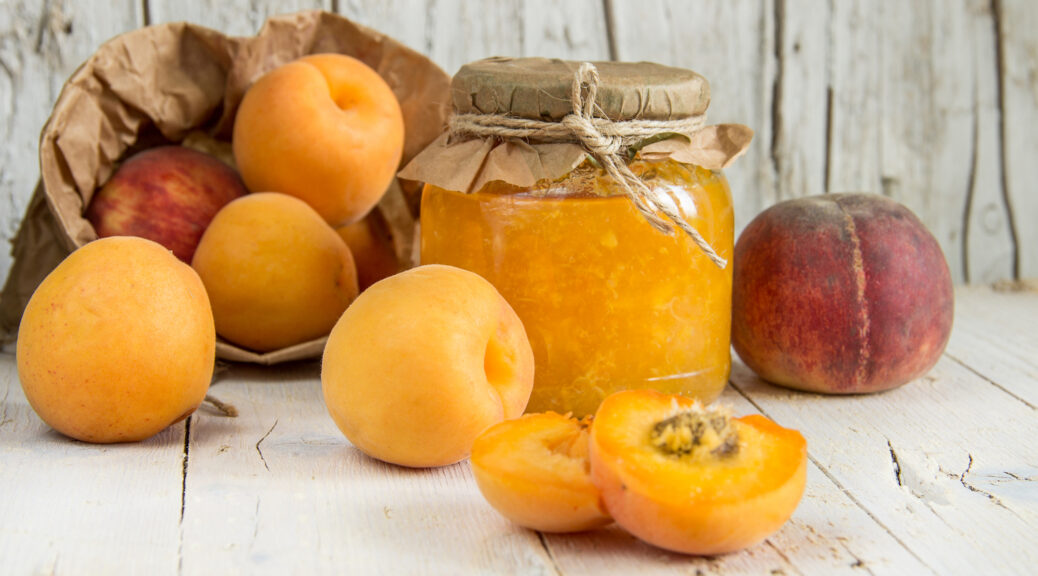Hearty Family Breakfasts for Autumn
People in the 1800s usually ate a hearty breakfast because they worked hard physically. They didn’t waste any food, either. Food left over from the night before was often used for breakfast. Note that none of these recipes use eggs as the main dish. Chickens lay less eggs in autumn and winter, so eggs were scarcer during those times. INFORMATION BELOW COMPILED FROM 1800s COOKBOOKS AUTUMN BREAKFASTS DURING the early part of the autumn, and indeed until late in the…
